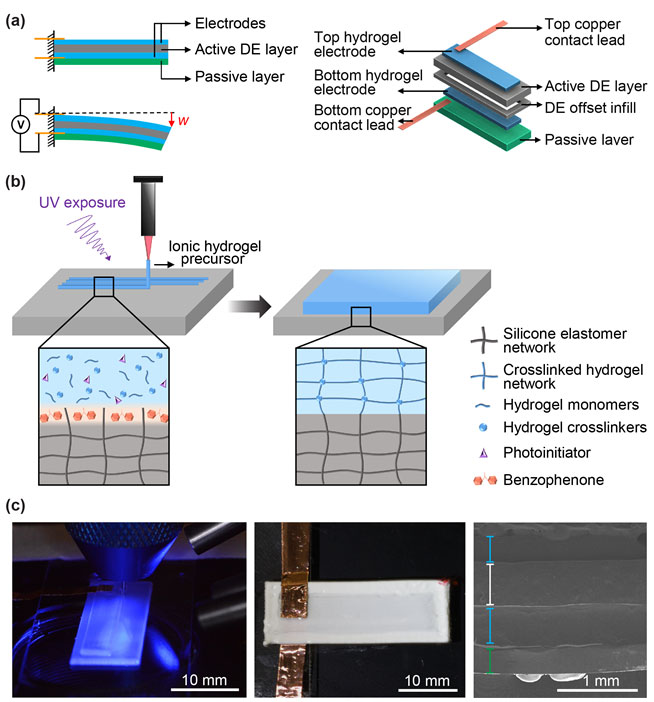The US Army is researching squid-like, 3D printed 'soft robots' for stealth missions
What if terminators had tentacles?

Popular culture typically depicts military robots as unstoppable bipedal killing machines – think Battlestar Galactica’s Cylons.
Even real-life, non-violent robots, like Boston Dynamics’ somersaulting and door-opening robots, are usually designed for two- or four-legged maneuvers.
But US military researchers apparently believe that any robot with a rigid skeleton can’t achieve the maneuverability and agility necessary for effective combat. So they’re turning to an unexpected source of design inspiration from the animal kingdom: invertebrates.
The US Army Research Laboratory has announced a joint research project with the University of Minnesota to design soft, spineless robots for “covert maneuvering” in “highly congested and contested urban environments”.
"Successful stealthy maneuvering requires high structural flexibility and distributive control to sneak into confined or restricted spaces, operate for extended periods and emulate biological morphologies and adaptability," said Army researcher Dr. Ed Habtour, who specializes in nonlinear structural dynamics.
Squid-like robots, like the spineless crawler built by Harvard researchers seen above, have been around for a while. But the Army’s new bots need to be much more agile to have much use in war zones.
Their newly designed robot is fully flexible, made of an elastic material that responds to electrical stimuli with a “high bending motion” in any direction. This material, called dielectric elastomer actuator (DEA), is capable of being 3D-printed en masse.
Get daily insight, inspiration and deals in your inbox
Sign up for breaking news, reviews, opinion, top tech deals, and more.

In the research paper documenting their discoveries, lead author Ghazaleh Haghiashtiani said that their 3D printer “does not require post-processing steps, such as assembly, drying or annealing”, so that new squid robots can be built quickly in combat zones with “minimal prior expertise”.
Mass-producible, fully maneuverable robots mounted with surveillance equipment, potentially capable of squeezing under doors or sneaking silently in the shadows, could be an uncomfortably efficient asset for intelligence-gathering.
Building battle-ready squidbots
Although the Army Research Lab is excited about the potential of their new tech, they still have a long way to go before we start seeing spineless robots crawling into battle.
Habtour said that they’ve started studying biological organisms like cephalopods to better understand and improve DEA’s “flexible locomotion and resilience”.
Eventually, they want the robots “designed to be self-aware, self-sensing and capable of adjusting their morphologies and properties in real time to adapt to a myriad of external and internal conditions."
Like self-driving cars need to respond to and avoid objects without human oversight, these robots will only be considered useful if they can navigate dangerous environments and respond to threats independently.
Of course, then we’ll have self-aware, easy-to-build, unstoppable squid bots designed for warfare out in the world. We’ll wait and see how that goes for humanity.
Via TechCrunch
- Will future robots be our pets, our friends, or our competition?
Michael Hicks began his freelance writing career with TechRadar in 2016, covering emerging tech like VR and self-driving cars. Nowadays, he works as a staff editor for Android Central, but still writes occasional TR reviews, how-tos and explainers on phones, tablets, smart home devices, and other tech.
